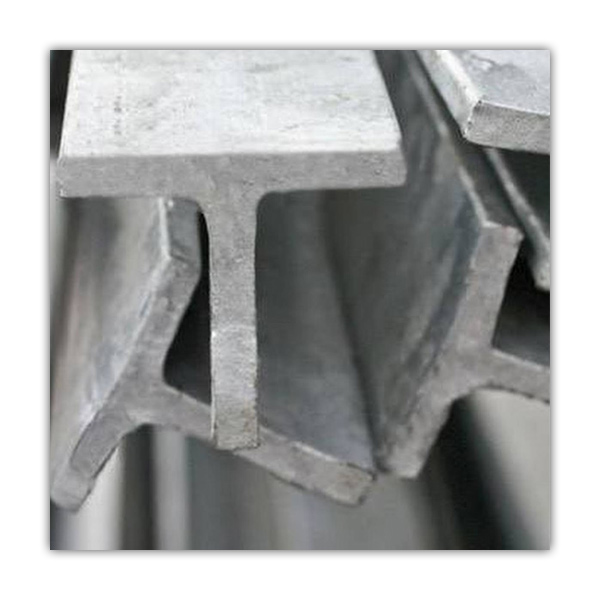T-Iron
Introduction ____
T-Iron or T-bar typically has a T-shaped cross-section, resembling the letter “T.” It consists of a vertical flange (stem) and a horizontal top section (head). This configuration provides structural strength and versatility, making it suitable for various construction and engineering purposes.
Here are a few common applications of T-Iron:
Structural Support: T-Iron is often used as support beams in building construction. It provides load-bearing capabilities and stability for floors, roofs, bridges, and other structures.
Framework and Framing: T-Iron is used as framework components in construction projects. It can be used for framing walls, partitions, and door and window openings.
Reinforcement: T-Iron is employed to reinforce concrete structures such as beams, columns, and slabs, providing additional strength and durability.
Industrial and Commercial Applications: T-Iron finds use in various industrial and commercial settings, including manufacturing facilities, warehouses, and infrastructure projects.

All available sizes are mentioned in the chart
| Size | Thickness | Weight | |||||
|---|---|---|---|---|---|---|---|
| Web (mm) | Flange (mm) | Web | Flange | Kgs/Ft | |||
| (min) | (max) | (min) | (max) | (min) | (max) | ||
| 50 | 25 | 3.5 | 3.5 | 3.5 | 3.5 | 0.600 | 0.700 |
| 50 | 30 | 3.0 | 3.5 | 3.5 | 3.5 | 0.700 | 0.800 |
| 50 | 35 | 3.5 | 3.5 | 3.5 | 3.5 | 0.800 | 0.900 |
| 55 | 40 | 3.5 | 3.5 | 4.0 | 4.0 | 0.900 | 1.000 |
| 55 | 40 | 4.5 | 4.5 | 5.0 | 5.0 | 1.000 | 1.100 |
